Regulations and Compliance in Navigation Lighting: Key Standards and Implications
In the vast expanse of our oceans, navigation lighting serves as the silent guardian of maritime safety, guiding ships through the darkness and ensuring smooth passage. However, the effectiveness of navigation lighting relies heavily on adherence to regulations and compliance with international standards. In this article, we’ll delve into the critical importance of regulations governing navigation lighting, explore the key standards that vessels must adhere to, and highlight the implications of compliance for maritime operations worldwide.
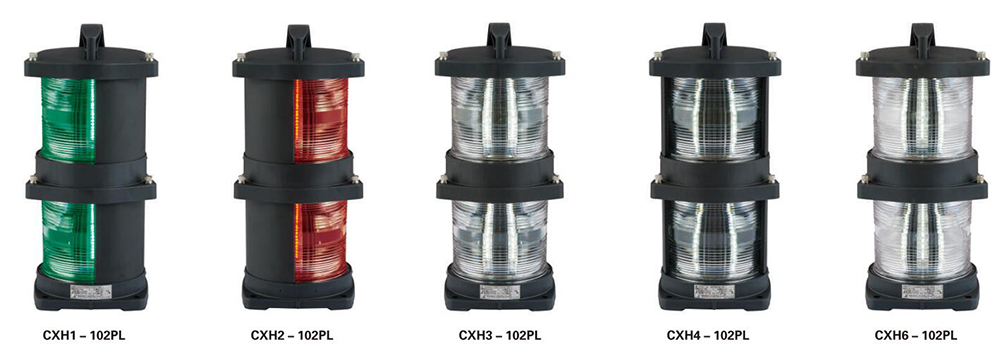
Why Regulations in Navigation Lighting are Important
Navigation lighting regulations are the cornerstone of maritime safety, providing clear guidelines on the types, colors, and placement of lights required for vessels navigating the seas. These regulations are essential for maintaining order amidst the chaos of maritime traffic, reducing the risk of collisions, and safeguarding the lives of seafarers. Compliance with these regulations is not merely a legal requirement but a moral imperative, ensuring the safety and security of all who traverse our oceans.
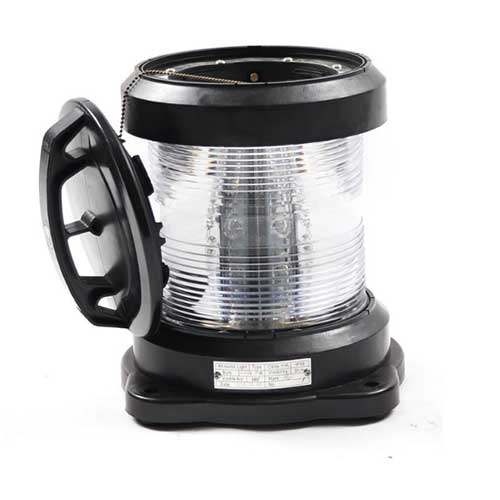
Key Standards and Regulations Governing Navigation Lighting
1. International Regulations for Preventing Collisions at Sea (COLREGs)
- The COLREGs, established by the International Maritime Organization (IMO), are the primary international regulations governing navigation lighting.
- They prescribe the types, colors, and positioning of lights required for vessels of different sizes and types to indicate their status, direction of movement, and relative position to other vessels.
- The COLREGs also define the arcs of visibility for navigation lights and specify requirements for special lights used by certain vessels, such as fishing vessels, towing vessels, and pilot vessels.
2. International Association of Marine Aids to Navigation and Lighthouse Authorities (IALA) Standards
- The IALA develops technical standards and recommendations for navigation aids, including navigation lights, to promote uniformity and consistency worldwide.
- IALA standards supplement the COLREGs by offering detailed specifications for the design, performance, and maintenance of navigation lights, as well as other aids to navigation such as buoys and beacons.
- These standards help ensure that navigation lights are visible, recognizable, and effective in guiding vessels safely through waterways, harbors, and channels.
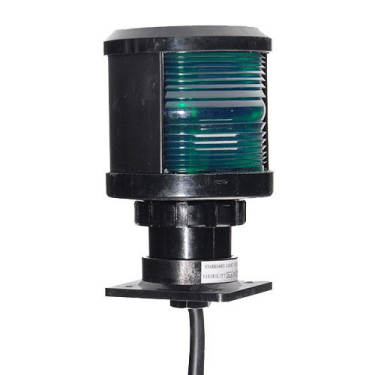
3. National and Regional Regulations
- Many countries and regions have additional regulations that supplement international standards to address specific navigational challenges and local conditions.
- These regulations may include requirements for additional navigation lights, such as lights for vessels navigating in inland waterways, rivers, or confined waters.
- National and regional regulations also establish procedures for obtaining approvals, certifications, and inspections of navigation lights to ensure compliance with local requirements.
3. International Maritime Organization (IMO) Resolutions
- The IMO periodically adopts resolutions and guidelines related to navigation lighting and other safety measures to address emerging issues and technological advancements.
- These resolutions provide guidance on the implementation of navigation lighting regulations, as well as recommendations for improving safety standards and practices in maritime operations.
- IMO resolutions may cover topics such as the use of new lighting technologies, updates to existing regulations, and best practices for compliance and enforcement.
4. Classification Society Rules
- Classification societies, such as Lloyd’s Register, DNV GL, and Bureau Veritas, develop rules and standards for the construction, equipment, and operation of ships and offshore structures.
- These classification rules often include requirements for marine navigation lighting systems, including the design, installation, and testing of lights to ensure compliance with international regulations and industry best practices.
- Vessel owners and operators typically adhere to classification society rules to obtain class certification and demonstrate compliance with safety standards.
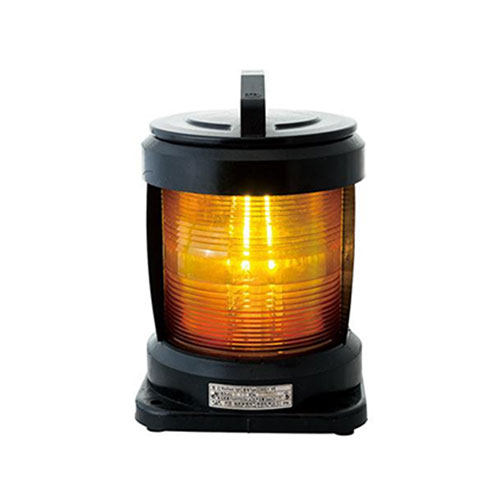
Implications of Regulations and Compliance in Navigation Lighting
The implications of regulations and compliance in navigation lighting extend far beyond mere legal obligations. They profoundly impact maritime safety, operational efficiency, legal liability, and the overall reputation of maritime stakeholders.
1. Safety at Sea
- The foremost implication of regulations and compliance in navigation lighting is the enhancement of safety at sea. Properly configured and maintained navigation lights ensure that vessels remain visible to each other, reducing the risk of collisions, especially during low visibility conditions or night navigation.
- Compliance with regulations ensures that vessels can effectively communicate their status, direction, and size to other vessels, facilitating safe navigation and maneuvering in congested waterways and shipping lanes.
2. Legal Compliance
- Compliance with navigation lighting regulations is a legal requirement enforced by maritime authorities worldwide. Non-compliance can result in penalties, fines, or even criminal liability in the event of accidents or maritime incidents.
- Vessel operators are responsible for ensuring that their vessels are equipped with the appropriate navigation lights prescribed by international conventions such as the COLREGs and that these lights are operated in accordance with regulatory requirements.
3. Insurance and Liability
- Compliance with navigation lighting regulations can have significant implications for insurance coverage and liability in the maritime industry. Insurance companies often consider compliance with safety regulations when underwriting marine insurance policies.
- Non-compliance may affect the insurability of vessels or lead to higher insurance premiums. In the event of a collision or maritime incident, liability may also be influenced by compliance with navigation lighting regulations, with non-compliant vessels potentially facing increased legal liability.
4. Operational Efficiency
- Compliance with navigation lighting regulations contributes to operational efficiency by reducing the risk of navigational errors, delays, and accidents. Well-maintained navigation lights enhance situational awareness and facilitate smoother vessel traffic flow in busy waterways.
- Compliance also minimizes the likelihood of disruptions to maritime operations due to regulatory inspections, fines, or legal proceedings resulting from non-compliance.
5. Reputation and Trust
- Maintaining a reputation for safety and regulatory compliance is essential for maritime stakeholders, including vessel operators, shipowners, and charterers. Compliance with navigation lighting regulations demonstrates a commitment to safety, professionalism, and responsible navigation.
- Vessels that adhere to regulations inspire trust among stakeholders, customers, and regulatory authorities, enhancing their reputation and credibility within the maritime industry.
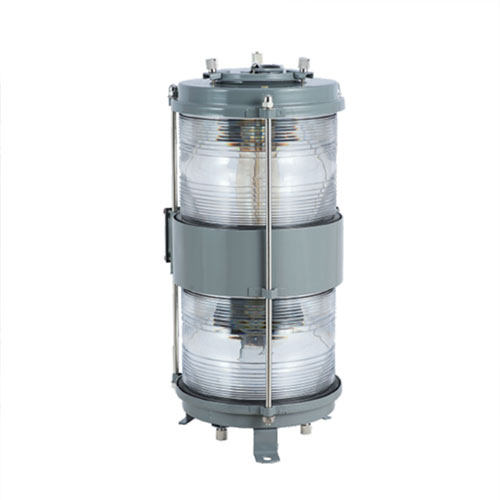
Conclusion
Navigation lighting standards and regulations provide essential guidance for ensuring the safety and efficiency of maritime navigation. By establishing standardized requirements and promoting compliance with international standards, these regulations mitigate the risk of collisions, protect lives and property, and uphold the integrity of the maritime industry. Compliance with navigation lighting regulations is not only a legal obligation but a moral imperative, reflecting a commitment to safety, professionalism, and responsible navigation on the high seas.

